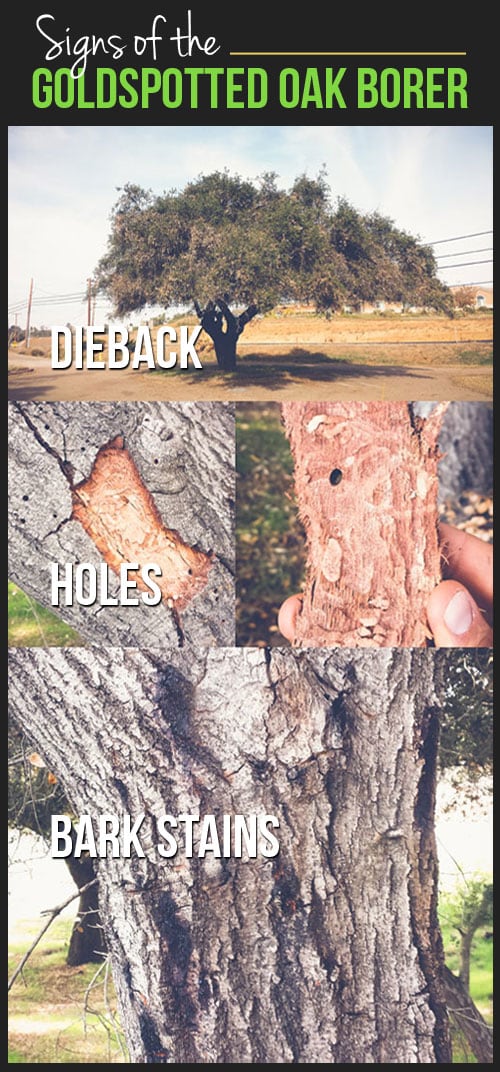Figuring Out The Right Time For Tree Elimination - An Overview For Homeowners
Figuring Out The Right Time For Tree Elimination - An Overview For Homeowners
Blog Article
Authored By-Hollis Conway
Trees include charm and value to property, however they can also present a threat throughout severe weather condition occasions. If a tree has quit expanding, is displaying visible fungal development, or has a leaning trunk, it ought to be removed by a specialist to avoid home damages and injury.
To read more, participate in a house owner resource fair co-hosted by HPD, the Center for NYC Neighborhoods, and Brooklyn-based real estate companions this night in Bedford-Stuyvesant. The occasion will feature the House owner Manual, a brand-new overview to help home owners navigate the responsibilities of having a home.
1. Dead or Dying Branches
Trees are an essential part of your home's landscape, offering color and appeal. They also give sanctuary for wildlife and produce oxygen, yet also healthy and balanced trees can experience illness that might demand their removal. Dead or passing away trees aren't just unsightly, they can be dangerous. Their branches might drop during a storm, causing pricey property damage and injuries.
When a tree's branches begin to pass away, it suggests that its structure is beginning to break down. If see page of its branches are dead, it is most likely time to remove it.
Try to find a lack of brand-new growth, bark peeling, open wounds or dental caries, fungis expanding on the trunk or origins and a basic appearance of degeneration in the whole cover. These indications of infection can indicate a severe problem that will call for professional tree services to solve.
2. Leaning Trunk
While it's regular for trees to lean every so often as a result of phototropism, if a tree has a harmful or extreme lean that's not because of natural processes - maybe an indication that the tree needs to be eliminated. If the tree is leaning toward a power line, home, lorry, play framework or any other area that could be unsafe to people if it falls, then contacting a specialist tree service for removal ought to be a top priority.
It's also essential to look for any kind of sudden changes in a tree's leaning as it can show damage to the origins or trunk that may lead to dropping. This is especially real throughout thundercloud, given that high winds and rain-soaked soil can trigger a lean to transform swiftly. Regular tracking, especially during and after tornados can help property owners identify prospective troubles with their trees so they can call an arborist for a complete assessment.
3. Bug Infestation
Some pest invasions, such as wood-boring bugs like emerald ash borer or sap-suckers like range bugs, are so extreme that they can trigger a tree to pass away. The most effective way to prevent pest infestation is to check your trees on a regular basis. Try to find areas, holes, or stainings in the fallen leaves and bark. Check out the trunk for fractures and indications of insect damage, such as tunnels or tracks.
If a tree becomes too plagued with insects, or is close to a home or high-voltage line, an arborist may advise removal. If a leaning tree establishes a brand-new, unpredictable lean, an arborist will likely suggest removal also to guarantee the safety and security of people and residential or commercial property. If a weakened or dead tree continuously drops too much branches, it is an indication that it is time to get rid of the tree. If a tree remains to lose branches for a prolonged period of time, it can cause structural issues and possible building damages.
4. Harmed Trunk
Trees are an attractive and vital part of our landscape, but they do call for routine care to maintain them healthy and balanced and secure. If https://www.bhg.com/home-improvement/lighting/outdoor/best-landscape-lighting/ is harmed beyond repair it is most likely time for it to find down.
Seek signs of damages to the trunk, consisting of vertical fractures, joints, dead branch stubs, noticeable wounds or open tooth cavities and serious tree-rot. The existence of fungi at the base of the trunk is one more cautioning indication. Fungis may indicate that the phloem and xylem (life-support cells) are compromised, permitting the spread of illness or a future failure.
Also, consider whether the tree has quit growing. Healthy trees will certainly have new development every year, which may be visible as buds or branches sprouting and extending. If you do not see any type of brand-new development, it's a good concept to have an arborist evaluate the tree and follow their recommendation for elimination. A passing away or harmed tree can drop and trigger building damages.